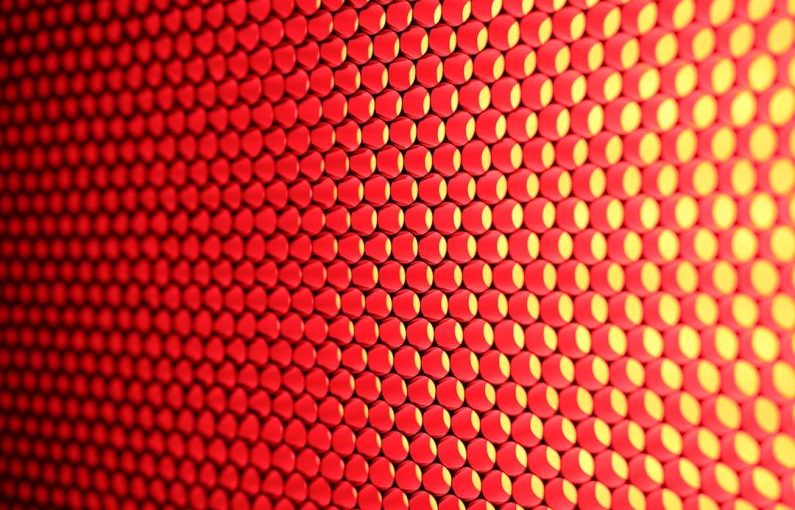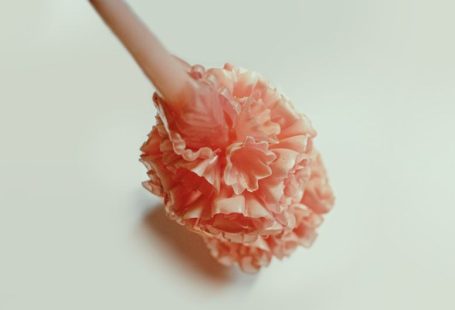Wood carving is a craft that has been practiced for centuries, with artisans using various tools and techniques to create intricate designs and unique finishes on wood surfaces. One tool that has gained popularity among wood carvers is the texture comb. Texture combs are versatile tools that can be used to create a variety of patterns and textures on wood, resulting in stunning and unique finishes that add depth and visual interest to the final piece.
Creating Depth and Dimension
Texture combs are designed with a series of teeth or ridges that can be dragged across the surface of the wood to create patterns and textures. By varying the pressure and angle at which the comb is used, wood carvers can achieve different effects, from subtle lines and grooves to bold, raised textures. This ability to create depth and dimension is what makes texture combs such a valuable tool in wood carving.
Enhancing Visual Interest
One of the key benefits of using texture combs in wood carving is the ability to enhance the visual interest of a piece. By adding texture to the surface of the wood, carvers can create contrast and movement, making the piece more dynamic and engaging to the viewer. Whether creating a simple pattern or a more intricate design, texture combs can elevate the aesthetic appeal of a wood carving and make it stand out as a unique work of art.
Creating Custom Finishes
Texture combs offer wood carvers the opportunity to create custom finishes that are truly one-of-a-kind. By experimenting with different comb sizes, shapes, and patterns, carvers can achieve a wide range of effects, from delicate swirls and waves to bold geometric designs. This versatility allows carvers to express their creativity and personal style, resulting in finished pieces that are as unique as the artists themselves.
Adding Texture to Different Wood Types
Texture combs can be used on a variety of wood types, from softwoods like pine and cedar to hardwoods like oak and mahogany. Each type of wood responds differently to the comb, with softer woods creating more subtle textures and harder woods producing sharper, more defined patterns. By exploring the unique characteristics of different wood types, carvers can create pieces that are not only visually appealing but also highlight the natural beauty of the wood itself.
Tips for Using Texture Combs
When using texture combs in wood carving, there are a few tips to keep in mind to achieve the best results. Firstly, it is important to practice on a scrap piece of wood before working on the final piece to experiment with different techniques and effects. Additionally, varying the pressure and angle at which the comb is used can create different textures, so it is essential to play around with these variables to achieve the desired result. Finally, cleaning the comb regularly during use can help prevent buildup and ensure a consistent texture across the entire piece.
Experimenting with Texture Combs
In conclusion, texture combs are a valuable tool for wood carvers looking to add unique finishes to their creations. By creating depth and dimension, enhancing visual interest, and allowing for custom finishes, texture combs offer endless possibilities for creating stunning wood carvings that are truly one-of-a-kind. Whether working with softwoods or hardwoods, experimenting with different techniques and effects can help carvers unlock the full potential of texture combs and take their wood carving skills to the next level.





